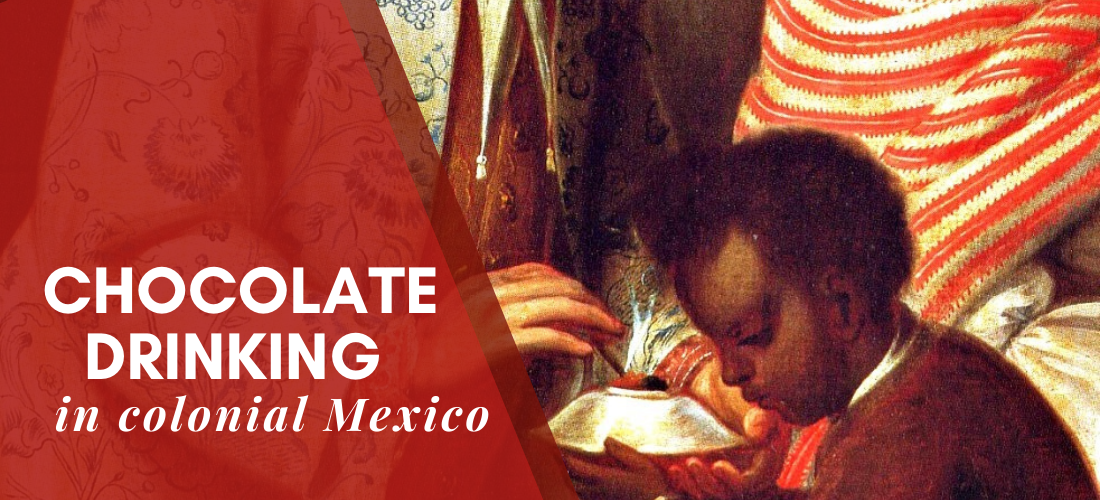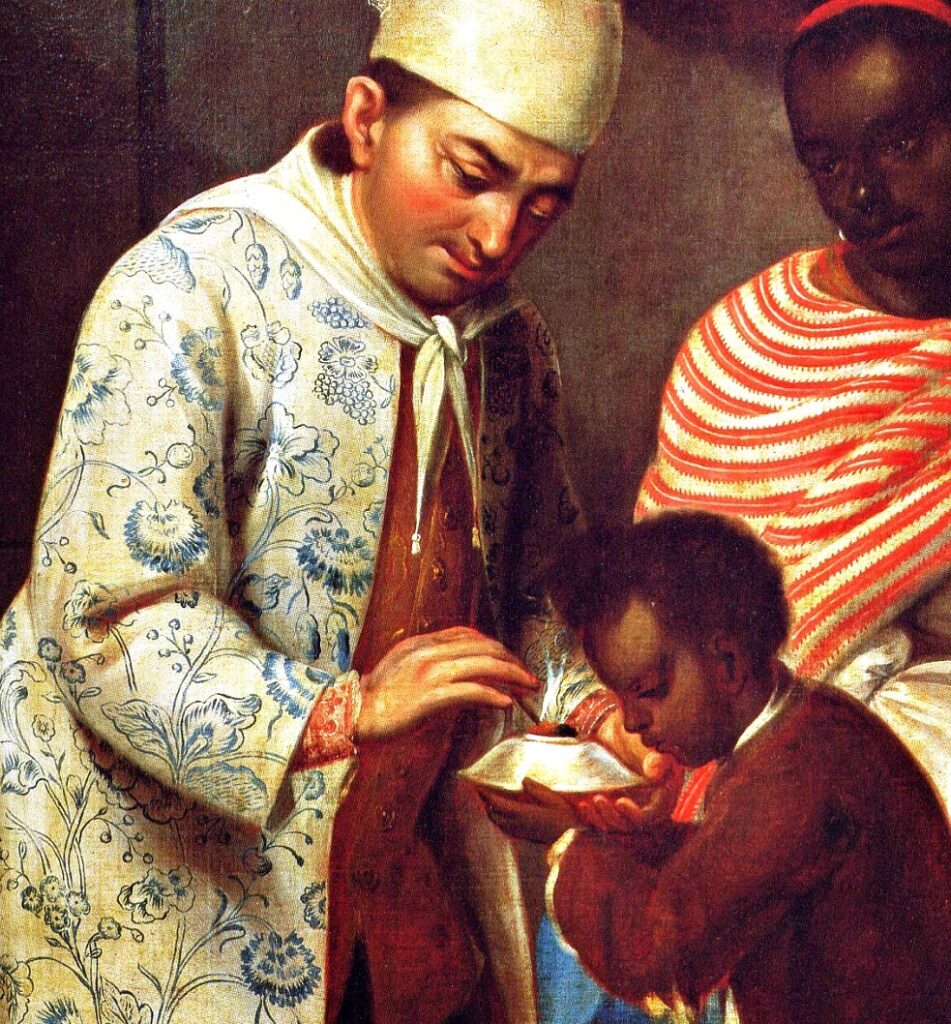
This post is an excerpt from my ebook: Mexican Chocolate, Stories and recipes of Mexico’s greatest gift to the world.



Welcome to my website, I am Rocio Carvajal food anthropologist culture & gastronomy educator and producer of the podcasts Pass the Chipotle and Hungry Books.
Russia struck two food export terminals at Ukraine's Pivdennyi port today, one of which is owned by a Singaporean company. Agricultural products destined for Asian and African countries were destroyed in them.
Dear partners in the Global South, this is Russia's true attitude
